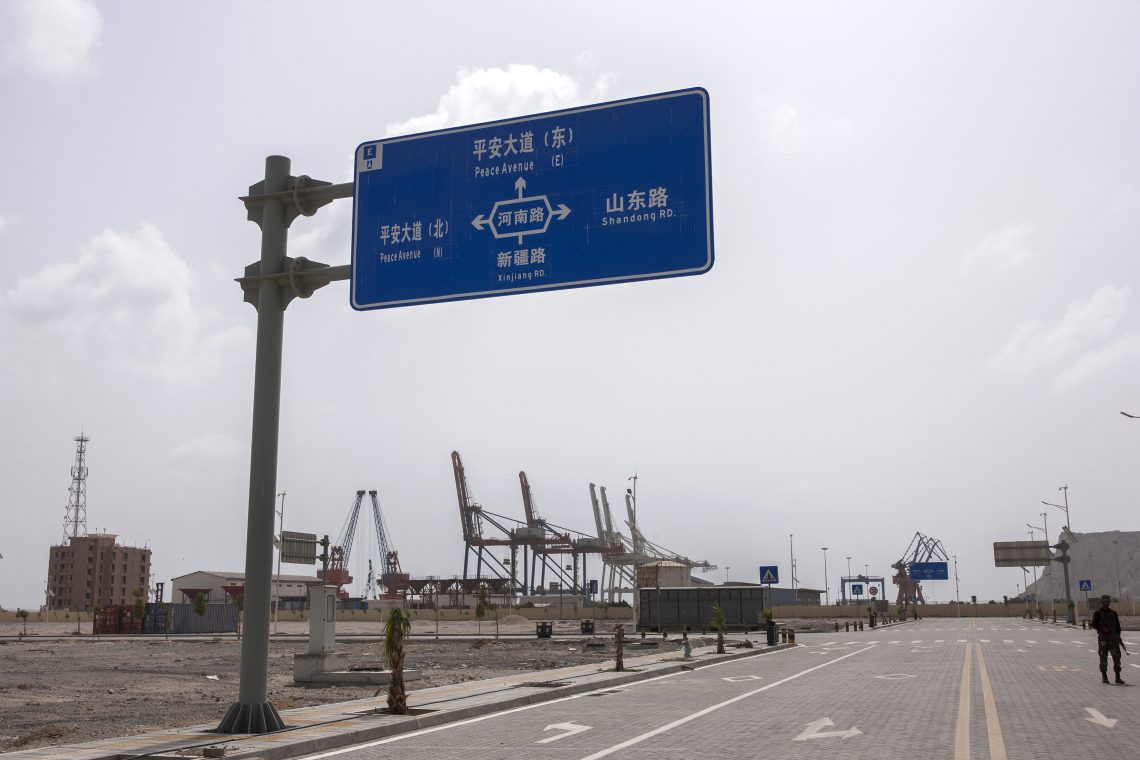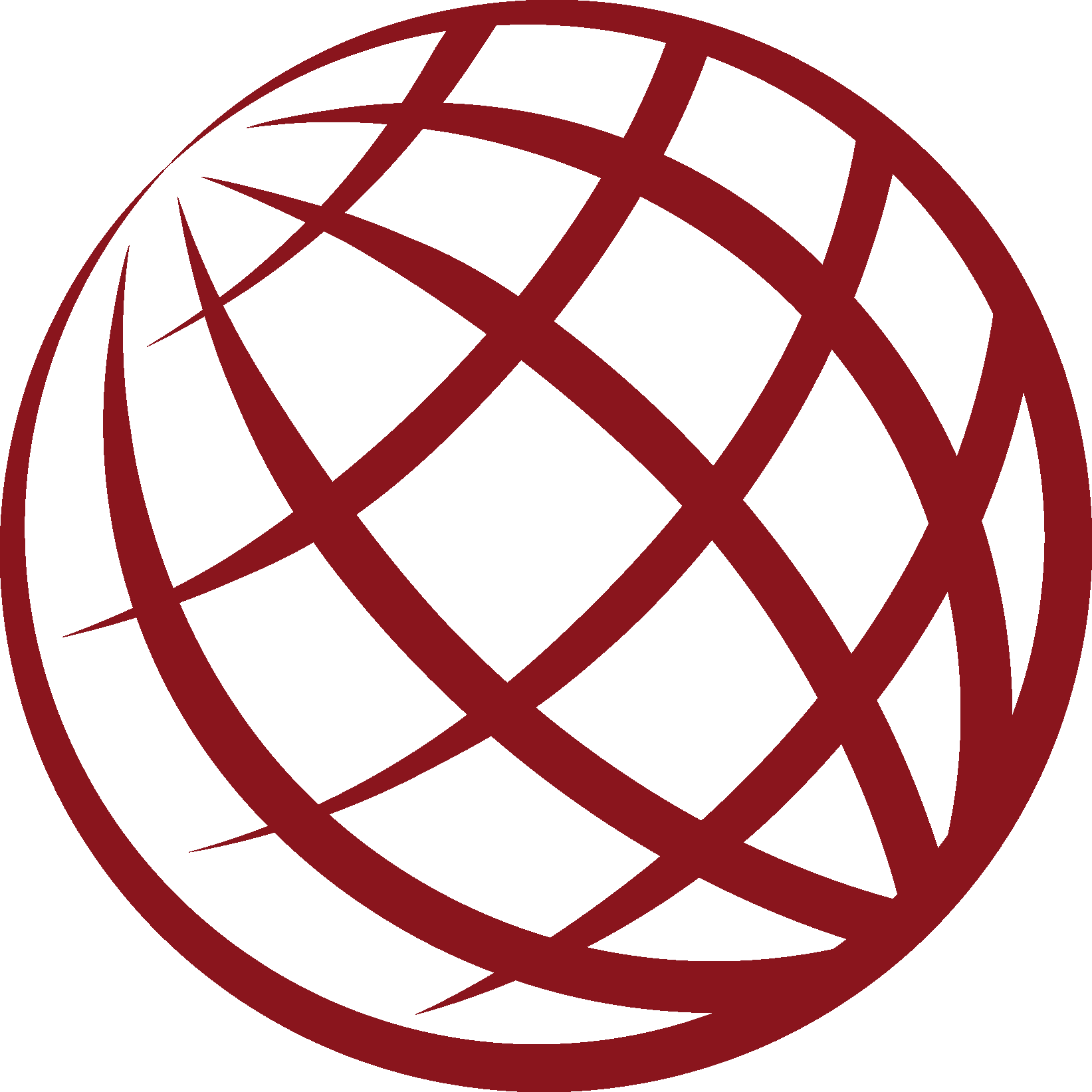China’s increasing footprint in South Asia
Through economic and military relationships, China’s strategic expansion in South Asia challenges India’s influence.

In a nutshell
- China is the largest trading partner for most South Asian nations
- Pakistan, Bangladesh and Sri Lanka are key BRI participants
- India counters with aid and security support, but lags in resources
- For comprehensive insights, tune into our AI-powered podcast here
China’s rise as a global power has drawn attention to its dominance in both East and West Asia, yet its growing influence in South Asia deserves equal consideration. By capitalizing on long-standing border disputes, unstable political environments, polarized societies, ethnic and linguistic diversity and fragile economies, Beijing has successfully carved out a significant role for itself in the region.
Although India remains the region’s preeminent power, its ability to counter Chinese influence in its own backyard has been constrained. As China has emerged as a key military supplier for Pakistan and a critical lender in challenging times for countries like Pakistan, Bangladesh and Sri Lanka, New Delhi’s responses have often been tentative and less impactful. However, there are vulnerabilities in China’s strategy that India could exploit, should it choose to act decisively.
Beijing’s String of Pearls strategy
For Beijing, South Asia and the Indian Ocean are pivotal in its pursuit of global influence, placing it in direct competition with India, which views the region as its historical and geographical sphere. China’s ideological and territorial ambitions in the subcontinent align with its broader strategic goals for global primacy, creating a complex geopolitical rivalry.
China has adopted strategies reminiscent of the ancient Indian strategist and philosopher Kautilya, encircling India with a network of friendly states reliant on Chinese support. By leveraging the ambitions of India’s smaller neighbors, who seek to counterbalance New Delhi’s influence, China has employed a range of political and diplomatic tactics to position itself as a key and dependable ally.
Facts & figures
The South Asian region

The Chinese Communist Party (CCP) has forged alliances with political parties across diverse ideologies, from Maoists in Nepal to Islamists in Bangladesh and Pakistan. Through conferences, fellowships, study tours and think tank exchanges, the CCP has cultivated ties with politicians, scholars and officials.
China has leveraged its economic power on an unprecedented scale since the post-Cold War era. It is the largest trading partner for nearly all South Asian countries, except Bhutan. In 2024, trade between China and South Asia reached nearly $200 billion, doubling over the past decade with an average annual growth rate of 6.3 percent. Specifically, China’s trade with India was $100 billion, $23 billion with Pakistan, $27 billion with Bangladesh, $5 billion with Sri Lanka, $1.5 billion with Nepal and almost $1 billion with the Maldives. This deep economic integration means that decoupling from China would likely harm these nations more.
China has also emerged as a leading supplier of defense equipment to nearly all of India’s neighbors. While the United States has been cautious about providing military aid to countries to help buy American arms, Beijing’s soft loans encourage countries to purchase Chinese arms. Pakistan, China’s largest arms customer, accounted for two-thirds of Chinese weapon sales from 2020 to 2024. In addition to close military ties, the two countries have strong ties in nuclear technology. Between 2019 and 2023, it also supplied 72 percent of Bangladesh’s weapons.
Additionally, China fosters soft power through education, with thousands of students from across South Asian countries studying in its universities.
Through its Belt and Road Initiative (BRI), China has extended its economic reach. Except for India and Bhutan, all other South Asian countries participate in the BRI. Pakistan, Bangladesh and Sri Lanka are major participants. The China-Pakistan Economic Corridor (CPEC), a flagship BRI project, connects China’s Xinjiang province to Pakistan’s Gwadar port over a 3,000 kilometer-long infrastructure network currently under construction. While many in Pakistan view the CPEC as a panacea for all of the country’s economic problems, in reality it has only added to Islamabad’s existing debt burden.
According to a World Bank report, China has extended $48 billion in loans to South Asian nations, with Pakistan, Sri Lanka and Bangladesh owing record-level debts to Beijing. In 2024, China became the largest creditor of Pakistan with nearly $29 billion in loans.
Additionally, more than a third of BRI projects are economically unviable, exacerbating debt burdens for recipient countries. Many member nations of the BRI are seeking to renegotiate their loans from China, leading to the perception that the initiative has shifted from mutual development to debt collection.
In Sri Lanka, over half of the nation’s foreign debt is owed to China, with many infrastructure projects proving financially unsustainable. Similarly, Chinese state-owned companies dominate Bangladesh’s infrastructure, controlling significant portions of its energy sector and holding a 25 percent stake in the Dhaka Stock Exchange (and 40 percent in the Pakistan Stock Exchange).
Colombo and Islamabad had to lease ports to China due to their inability to repay high-interest loans. Both countries have had to turn to the International Monetary Fund (IMF) repeatedly for bailout assistance. The ports built and operated by China in Sri Lanka (Hambantota Port), Pakistan (Gwadar Port) and Bangladesh (Chittagong Port) may serve both military and civilian purposes, like many other Chinese infrastructure projects across Southeast Asia.

India and the subcontinent
Indian policymakers perceive the subcontinent as a unified whole, highlighting a rich history of over 5,000 years of continuous civilization flourishing within the expansive region bounded by the Himalayas to the north, the Indian Ocean to the south, and the Hindu Kush and Arakan Mountain ranges to the west and east.
India has been averse to outside powers aligning with its neighbors or neighboring states collaborating with foreign entities to undermine its interests. This stance is often associated with the “Indira Doctrine,” which parallels America’s Monroe Doctrine. It reflects the country’s foreign policy under then-Prime Minister Indira Gandhi, which focused on national interests and asserting regional dominance. The Indira Doctrine also emphasizes that external powers should refrain from interfering in South Asia’s affairs, advocating for bilateral solutions among the region’s nations.
During the Cold War, the U.S. and the Soviet Union both acknowledged India’s leading role in South Asia. China’s rise has shifted that dynamic. By tapping into the concerns of India’s smaller neighboring countries regarding its dominant influence, Beijing has undermined New Delhi’s attempts to establish itself as a regional hegemon. India has sought to support its weaker neighbors through development aid, disaster relief, economic assistance, technical expertise, capacity building and security support. In this way, it positions itself as the go-to ally for its neighbors in times of need.

One example of this support was in 2022, when Sri Lanka’s economy defaulted and India stepped in with $4 billion in immediate assistance for fuel and food. Similarly, the Maldives turned to India during its economic crises in both 2019 and 2024. India has long hoped that both the elite and the public in the subcontinent recognize that, unlike China, it is always ready to come to their aid.
India seeks to position itself as the preferred security partner for other South Asian countries. The Indian Navy is one of the largest naval forces in the Indian Ocean. It plays a vital role in keeping sea lines of communication open, engaging in anti-piracy operations and safeguarding commercial vessels (such as from recent attacks by Houthi militants). Additionally, the country has worked to strengthen the military capabilities of its smaller neighbors by providing training for personnel and supplying equipment to enhance their defense.
New Delhi has made an exception to its longstanding policy of deploying troops only under a United Nations mandate, doing so specifically within South Asia. Indian forces currently assist Bhutan in securing its border with China, reinforcing its regional security role.
Over the years, India has tried to ease tensions with its neighbors through diplomatic efforts and border agreements. This includes recognizing Sri Lanka’s sovereignty over the island of Katchatheevu, settling its border with Bangladesh by ceding some territory, and accepting the UN Convention on the Law of the Sea (UNCLOS) arbitration tribunal’s decision that permits Dhaka to explore and develop oil and gas resources in a nearby maritime zone. Nepal is the only country in South Asia with which India has open borders, allowing Nepalese citizens to work and travel visa-free.
New Delhi’s declining clout in South Asia
The situation on the subcontinent has shifted considerably against India in the last two years. South Asia has seen a shift from close ties with India to warmer relations with China. Pakistan remains the one neighbor with whom relations have remained consistently tense since the partition of the two countries in 1947.
Following Bangladeshi Prime Minister Sheikh Hasina’s ousting amid protests against her authoritarianism and corruption in 2024, the interim government under Chief Advisor Muhammad Yunus has turned to Beijing for billions in aid and infrastructure projects. Meanwhile, anti-India sentiment is rising in Bangladesh as the public openly criticizes the country’s connections to Ms. Hasina. And yet, whenever Dhaka encounters challenges, it has consistently turned to New Delhi for support, seeking its assistance at various multilateral platforms, including the IMF.
In 2024, President Mohamed Muizzu’s party in the Maldives achieved a decisive victory in parliament. Mr. Muizzu, who won the presidency in 2023 on an “India out” platform, campaigned against New Delhi’s long-standing influence in the country. However, whenever the Maldives has encountered crises, it has consistently looked to India for economic support. Recently, President Muizzu has started rebuilding relations with India, focusing on both security and economic matters.
Read more on South Asia
- India’s multi-alignment and rising geopolitical profile
- Indo-Russo relations amid emerging global realities
- China’s arms industry gains ground amid India-Pakistan clash
India faces challenges in maintaining its regional sphere of influence, requiring more than diplomatic goodwill and bilateral engagement. It has fallen behind in allocating resources effectively, which limits its ability to counter China’s influence. This situation impedes India’s ambition to establish itself as the dominant power in South Asia. In contrast to China’s extensive use of hard power and substantial financial aid, India falls short in both military and economic assistance, as well as in the realm of soft power. While a significant portion of its foreign aid is directed toward South Asia, it still trails behind China in nearly every aspect.
India’s fundamental dilemma is that 78 years after gaining independence, not all its neighbors are ready to accept its status as the leading power in the subcontinent. With its vast population, booming economy and formidable military, India can either intimidate some nations or eclipse others. As the largest and historically the most crucial country in South Asia, it has consistently wielded substantial influence over its neighbors. Its presence looms large in the domestic politics of each of these countries.
But its current economic growth rate falls short of what is needed to effectively compete with China in providing support and incentives to neighboring countries. It needs to safeguard not only its land and sea borders from China but also manage its sphere of influence. While Beijing spent three decades establishing its presence in South Asia, India will need to elevate its efforts and make strides in less than a decade.
Scenarios
Most likely: China scales back in South Asia
India is likely to maintain its current policy, believing that, ultimately, its neighbors will have to acknowledge its role due to geographical realities. Meanwhile, China has recently scaled back its investments in the region, suggesting an awareness of New Delhi’s geopolitical edge. Out of the $62 billion pledged to Pakistan through the CPEC, only about $28 billion has been delivered. There have been no new BRI projects in Sri Lanka. The pro-Chinese president of the Maldives has shifted his focus toward India for economic assistance.
If Beijing is indeed coming to terms with the geographical constraints affecting its influence, it might struggle to maintain its current standing without making further moves, allowing India to regain its former advantage. Meanwhile, Pakistan is likely to remain China’s closest ally due to its own self-defined rivalry with India.
Other South Asian countries, aside from Pakistan, are likely to use their relationships with China as a counterbalance to India’s influence, but they will probably avoid fully aligning with either China or Pakistan in a way that would isolate India.
China continues to be India’s primary rival, presenting New Delhi with a range of challenges stemming from Chinese economic, military and technological growth. However, with the current U.S. administration leaning toward semi-isolationism and a mercantilist approach, India is returning to its traditional strategy of multi-alignment. This shift indicates that it will likely focus on its involvement in non-Western groups such as the Shanghai Cooperation Organisation and BRICS, while still maintaining its membership in American-led initiatives like the Quadrilateral Security Dialogue (the Quad). There has also been an impact at the bilateral level with India-China relations likely to continue on an upward trajectory.
Least likely: India shifts to project hard power
The least likely scenario is for India to confidently project hard power in its region and beyond or to impose its will by force. For this to occur, India would need to implement long-overdue economic reforms and modernize its military. This requires time, financing and strategic decisions, which are uncertain and make this scenario the least likely.
Contact us today for tailored geopolitical insights and industry-specific advisory services.








